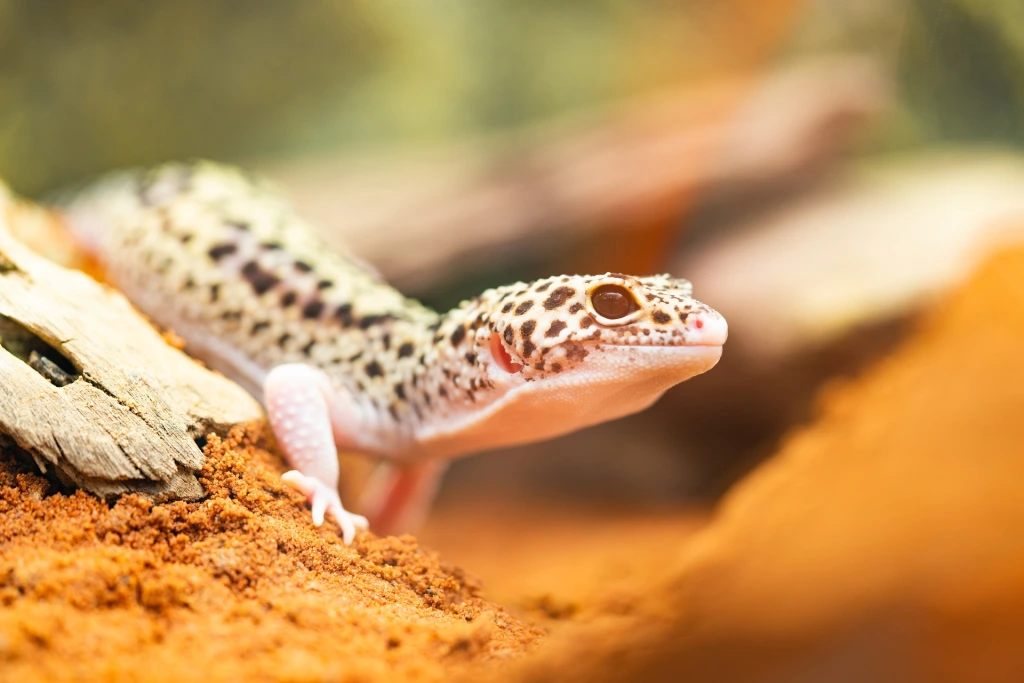Lizards, snakes and turtles: Dispelling the myths about reptiles as pets
Reptiles are all the rage. Mochi the bearded dragon is a viral sensation, with over 1.8 million views on YouTube. Meanwhile, Chris Pratt is singing to his bearded dragon while walking it on a leash, and he is just one of many other celebrities with pet reptiles. It is obvious that having reptiles as pets has gained popularity in recent years.
But there is a growing number of people opposed to owning these animals as pets. Their concerns range from reptiles posing a serious danger to public health to beliefs about reptiles being too cold to love. Why do reptiles get a bad rap?
Reptile-borne diseases
Critics of reptile pet ownership often state that reptiles are riddled with diseases, and while it is true that reptiles do harbour disease, the risk is often far lower than people realize. This fear may be due to outbreaks of salmonella in people that occurred nearly half a century ago: In the 1970s, turtles suddenly became a popular pet, and reptile-borne salmonella incidences increased, representing about 11 per cent of all human cases.
In North America, people are more likely to acquire salmonella from consuming animal products. Education campaigns and legislation in the 1990s led to a significant reduction in reptile-borne salmonella, decreasing it to just six per cent of cases.
However, close study of reptile-caused illnesses in humans has only examined trends up to the early 2000s, so public health data may be subject to change as reptiles increase in popularity.
Interestingly, although diseases are highlighted as a reason to avoid pet reptiles, pet mammals like dogs and cats have been repeatedly linked to a variety of health problems, such as rabies and asthma. Yet these dangers are deemed acceptable by society, despite the public health risks (rabies is incurable and fatal).
Companionship and entertainment
Another common critique is that reptiles simply do not make good pets. This belief stems from the view that reptiles are lumbering, boring creatures. However, this could not be further from the truth.
There are some incredible examples of reptile nimbleness. For example, basilisks can run on two legs on the surface of water for more than 20 metres, and crocodiles can use their massive jaws to delicately move their babies and eggs without damaging them. Some lizards can solve food puzzles and tortoises and bearded dragons can take cues from others of the same species to speed up problem-solving tasks, both of which are abilities once thought to be present only in birds and mammals.
While affection is harder to prove using current scientific methods, tests have shown that some tortoises (likely dependent on personality) prefer having their shells scratched by familiar humans to food or toys when making a choice.
Reptile welfare
Beyond the risks for people, owning a reptile does pose some threat to the animals themselves. While there is no evidence that reptiles suffer disproportionately poor welfare compared to other pets, it is easy to access misleading and conflicting information online. Well-intentioned owners can end up keeping reptiles in substandard conditions, eventually causing a variety of preventable health issues.
Due to their ectothermic (cold-blooded) nature, reading body language can be tricky, making it difficult to tell when reptiles are suffering. Making things worse, reptiles can often endure severe health conditions longer than mammals. Ultimately, this means that reptiles can be kept in neglectful conditions for months, or even years.
Thankfully, some reptile welfare groups on social media are doing their best to collect and communicate the most up-to-date standards of reptile care. Herpetologists — who study reptiles and amphibians — are continually refining the best husbandry practices and methods for evaluating reptile welfare.
Reptile abuse
Outdated beliefs about reptiles, often spurred on by a misguided distrust, can do real harm by allowing reptile mistreatment to persist. For example, perhaps one of the most astonishingly cruel reptile-related practices are the annual rattlesnake rodeos taking place in the southern United States.
Rattlesnakes are taken from the wild and stored for up to eight months, usually without food, water or regular cage maintenance. If the snakes survive this process, they are brought to the rodeo where they are physically beaten, taunted, stomped on or hastily decapitated all while fully conscious.
The manner in which snakes are treated at these events would cause mass outrage if the same practices were performed on any mammal or bird — so why is it acceptable for a reptile?
Championing reptiles
Perhaps, through the proper ownership of reptiles as pets, and by dispelling the myths surrounding them, we can raise awareness of their cognitive abilities and better appreciate their unique appeal.
Though often overlooked, reptiles can make incredible pets. Many owners find themselves captivated by their stoic beauty, and others find even the simplest behaviour endearing. With proper education, owners are able to care for a pet reptile for many years in a way that ensures the health of both the animal and their owner.
Pet ownership may inspire positive change for the welfare of reptiles, putting an end to inhumane practices and promoting conservation goals for one of the most underfunded and under-researched groups of animals.
In light of all this, perhaps it is time we show some warmth to our cold-blooded companions.

